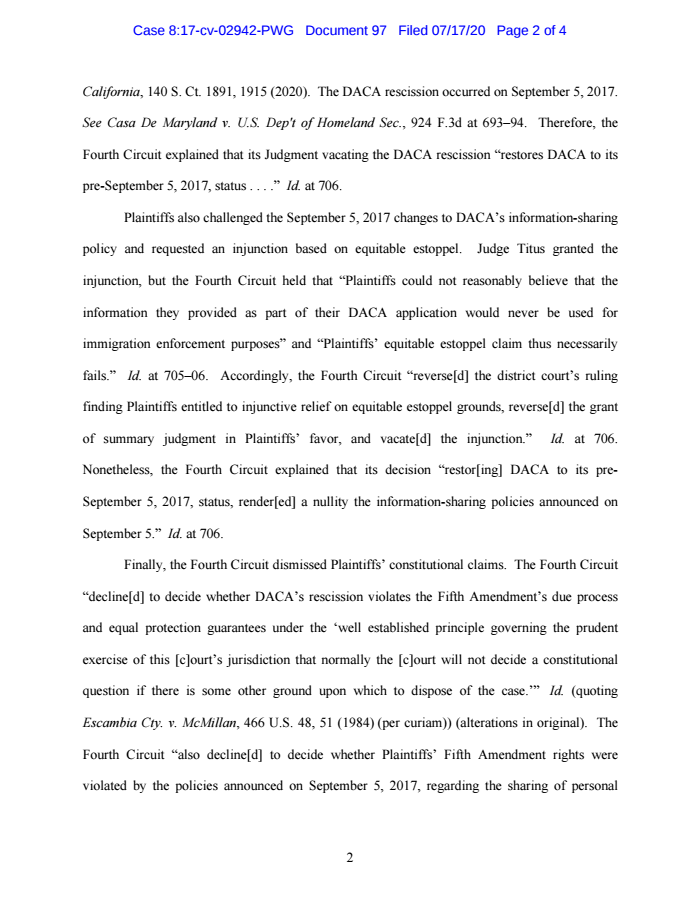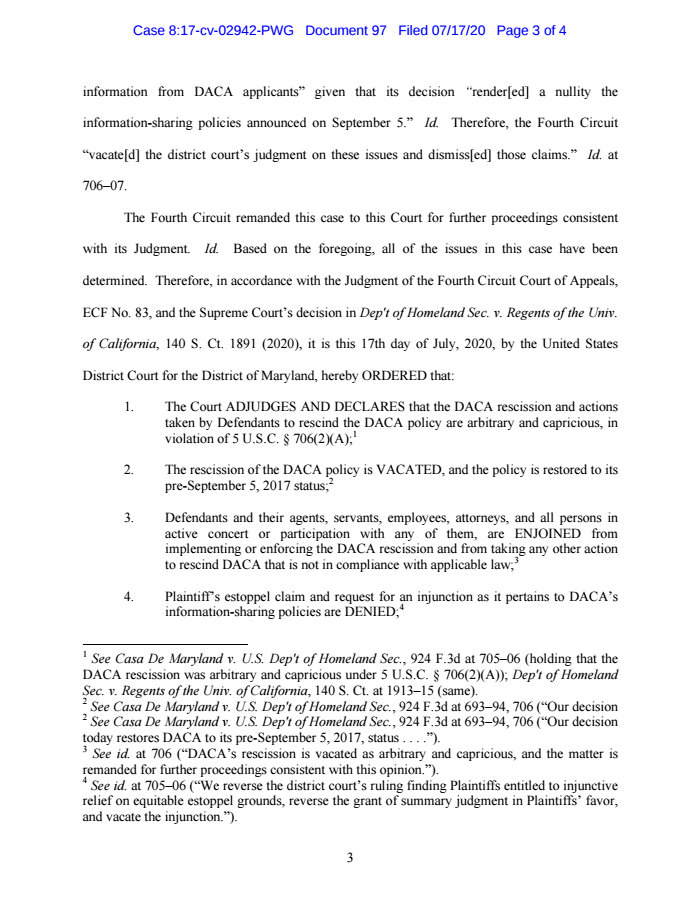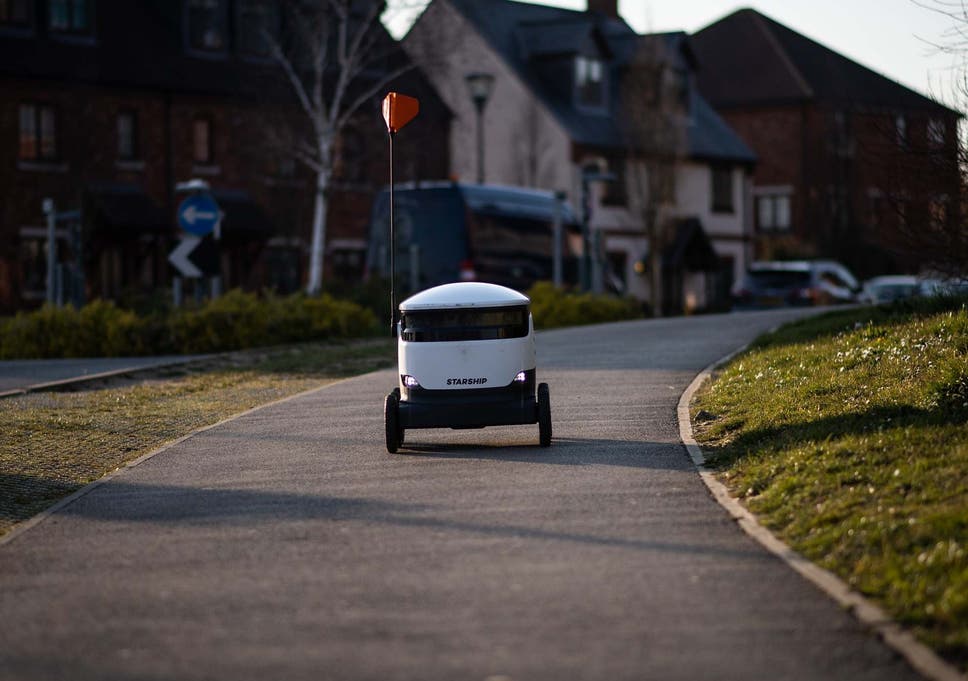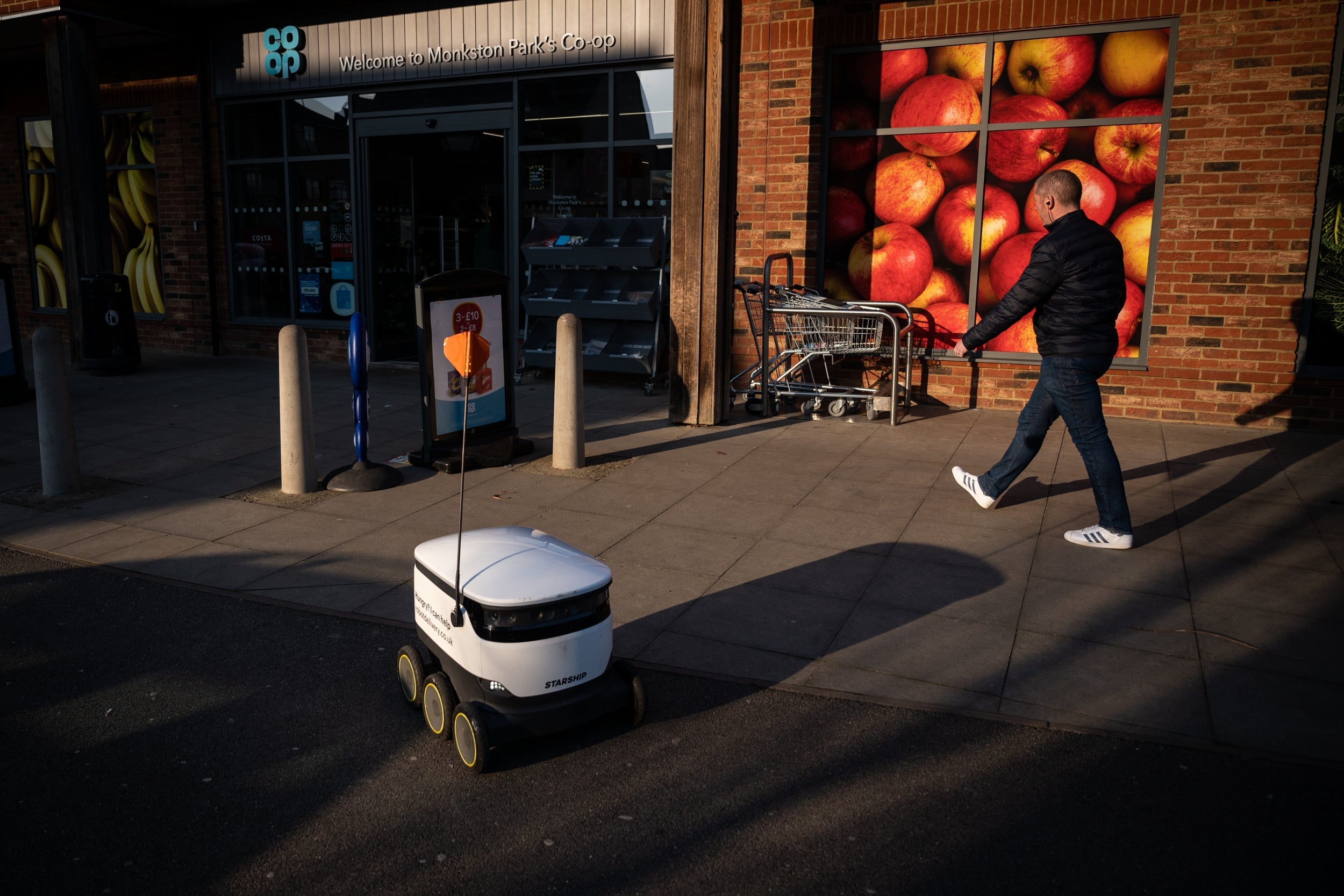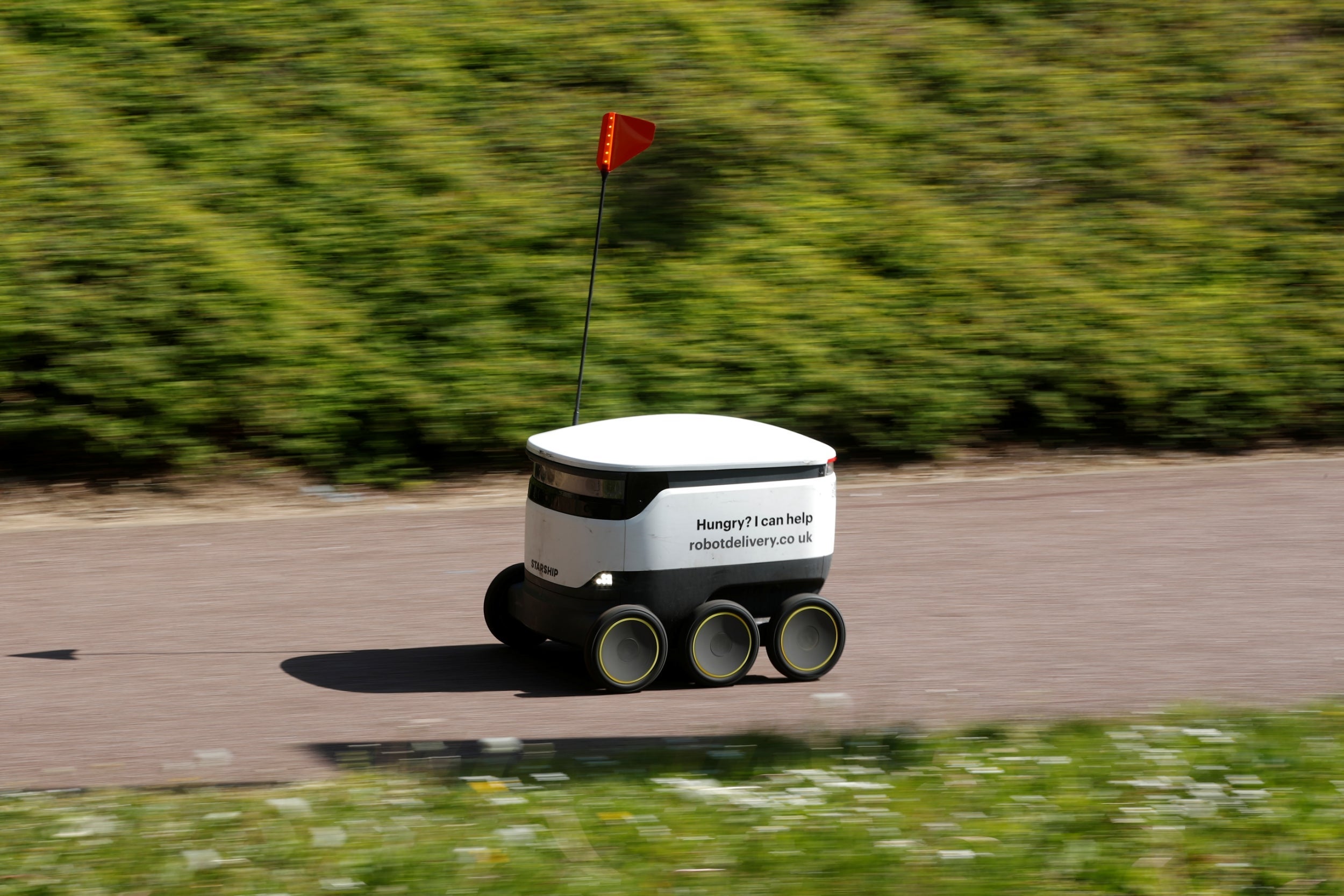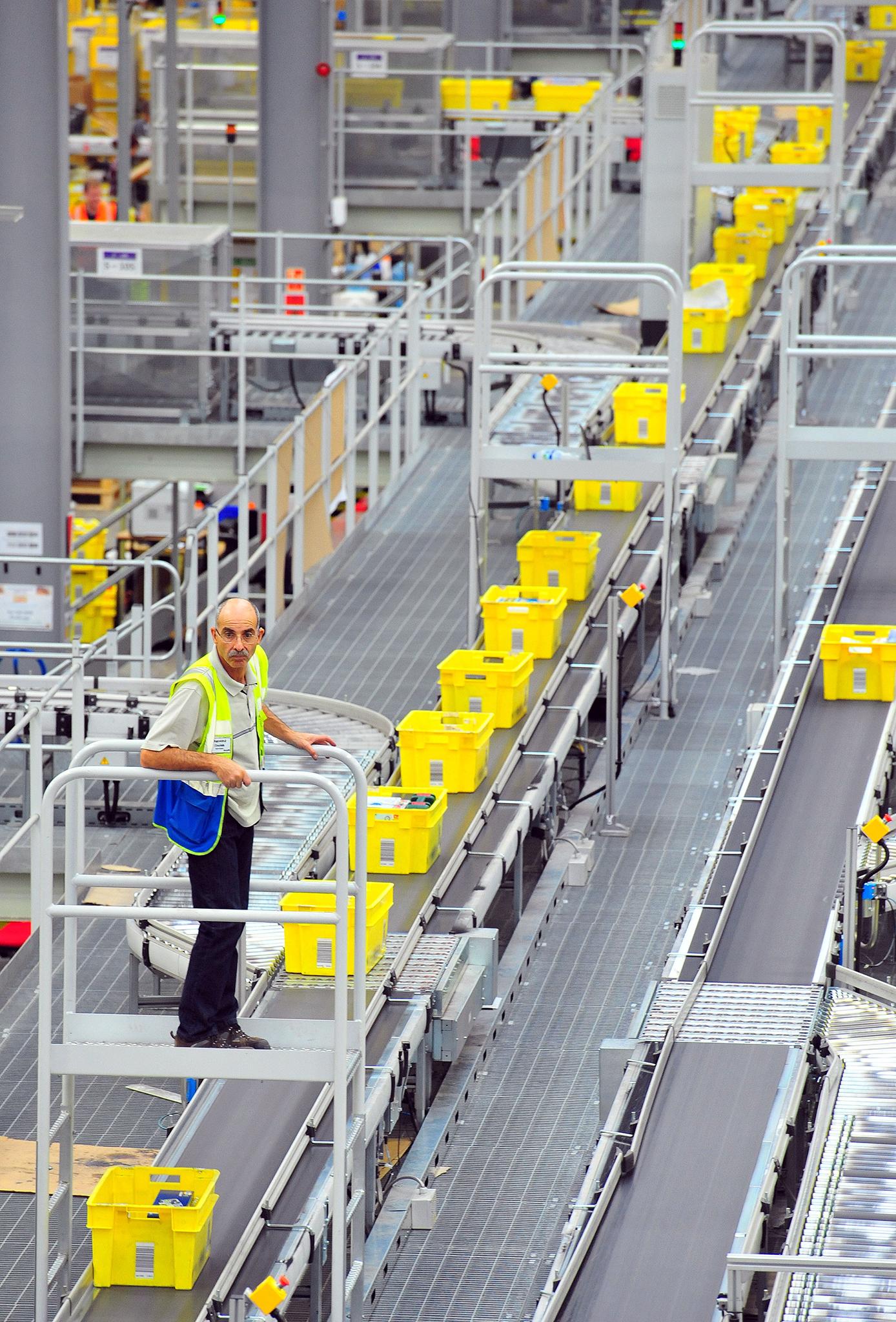The Land of Little Rain by Mary Austin (1868–1934)


Most mountains in the United States are named for European male geologists, surveyors, and military officers who measured, climbed, and claimed them. There is a rare exception in the southern Sierras of California, a mountain that stands 13,057 feet tall. It is Mount Mary Austin, named after maverick ethnographer and feminist, activist and mystic, speaker and writer Mary Hunter Austin. Austin’s debut book, The Land of Little Rain (1903), is a collection of 14 vivid and meditative essays detailing the landscape and diverse inhabitants of the Owens River Valley before it was drained of water for the city of Los Angeles — a conflict known as the California water wars made famous in the classic film Chinatown. Austin’s early defense of Spanish Americans and Native Americans and their right to their land and livelihoods set her apart from other Western writers who saw these people as impediments to “progress.”
Further reading: Earth Horizon (1932), Austin's autobiography; Beyond Borders: The Selected Essays of Mary Austin (1996).
The land of little rain
by Austin, Mary Hunter, 1868-1934
AUTOGRAPHED
Publication date 1903
Topics Natural history -- California, California -- Description and travel
Publisher Boston, New York, Houghton, Mifflin and company
Contributor University of California Libraries
Language English
The land of little rain.--Water trails of the Ceriso.--The scavengers.--The pocket hunter.--Shoshone land.--Jimville, a Bret Harte town.--My neighbor's field.--The Mesa trail.--The basket maker.--The streets of the mountains.--Water borders.--Other water borders.--Nurslings of the sky.--The little town of the grape vines
ANOTHER VERSION ALSO SIGNED BY THE AUTHOR
THE FIRST NATIVE AMERICAN PLAY
by Austin, Mary Hunter, 1868-1934; Riverside Press (Cambridge, Mass.)
Publication date 1904
Publisher Boston, New York, Houghton, Mifflin and company
Collection cdl; americana
Digitizing sponsor MSN
Contributor University of California Libraries
Language English
The basket woman. First story.--The basket woman. Second story.--The stream that ran away.--The coyotte-spirit and the weaving woman.--The cheerful glacier.--The merry-go-round.--The Christmas tree.--The fire bringer.--The crooked fir.--The sugar pine.--The golden fortune.--The white-barked pine.--Naýang Wité, the first rabbit drive.--Mahala Joe
Bookplate of Pearl Chase
Author's autograph copy
SHE HAD A BROAD SCOPE OF WRITINGS
HER OWN VARIETY OF SPIRITUALITY AND MYSTICISM
BASED ON NATIVE NORTH AMERICAN TRADITIONS
HER OWN VARIETY OF SPIRITUALITY AND MYSTICISM
BASED ON NATIVE NORTH AMERICAN TRADITIONS
by Austin, Mary Hunter, 1868-1934
https://archive.org/details/christinitalybe00austgoog/mode/2up
Publication date 1912
Publisher New York, Duffield & company
Collection americana
Digitizing sponsor Google
Book from the collections of University of California
Language English
HER LAST BOOK
https://archive.org/details/MN40281ucmf_7/page/n7/mode/2up






https://archive.org/details/MN40281ucmf_7/page/n7/mode/2up
SCIENCE; DID SHE ORIGINATE THE TERM 'TREMBLOR'?
by Jordan, David Starr, 1851-1931, ed; Branner, John Casper, 1850-1922; Derleth, Charles; Gilbert, Grove Karl, 1843-1918; Taber, Stephen, b. 1882; Omori, Fusakichi, 1868-1923; Fairbanks, Harold W. (Harold Wellman), b. 1860; Austin, Mary Hunter, 1868-1934
https://archive.org/details/californiaearthq00jord/mode/2up
Publication date 1907
Topics San Francisco Earthquake and Fire, Calif., 1906, Fires, Buildings
Publisher San Francisco, A.M. Robertson
Collection library_of_congress; americana
Digitizing sponsor The Library of Congress
Contributor The Library of Congress
Language English
Partly reprinted from various periodicals
The earthquake rift of April, 1906. By D.S. Jordan.--Geology and the earthquake. By J.C. Branner.--The destructive extent of the California earthquake of 1906; its effect upon structures and structural materials, within the earthquake belt. By C. Derleth, jr.--The investigation of the California earthquake of 1906. By G.K. Gilbert.--Local effects of the California earthquake of 1906. By S. Taber.--Preliminary note on the course of the California earthquake of 1906. By F. Omori.--The great earthquake rift of California. By H.W. Fairbanks.--The temblor: a personal narration. By M. Austin
HER AGNOSTIC THEOSOPHICAL APPROACH
TO LOVE
THE YOUNG WOMAN CITIZEN
A VERY MODERNIST NOVEL
AUTOBIOGRAPHY

by Austin, Mary Hunter, 1868-1934
https://archive.org/details/earthhorizonauto1932aust
Publication date 1932
Topics Austin, Mary Hunter, 1868-1934, Authors, American
Publisher New York : Literary Guild
Collection inlibrary; printdisabled; internetarchivebooks; americana
Digitizing sponsor Internet Archive
Contributor Internet Archive
Language English
The saga of Polly McAdams -- 'The thoughts of youth are long, long thoughts' -- El Camino Real -- The land of little rain -- The land of journey's ending
SOCIAL JUSTICE REFORM
What the Mexican conference really means. Its represents desires of the people, deprived of human rights, to re-establish themselves in the scheme of social evolution
by Austin, Mary Hunter, 1868-1934
https://archive.org/details/whatmexicanconfe00aust/page/n23/mode/2upPublication date 1915
Publisher New York, Latin-American News Association
Collection library_of_congress; americana
Digitizing sponsor The Library of Congress
Contributor The Library of Congress
Language English
From "New York times magazine."
by Austin, Mary Hunter, 1868-1934
https://archive.org/details/whatmexicanconfe00aust/page/n23/mode/2upPublication date 1915
Publisher New York, Latin-American News Association
Collection library_of_congress; americana
Digitizing sponsor The Library of Congress
Contributor The Library of Congress
Language English
From "New York times magazine."
BORROWABLE BIOGRAPHIES

https://archive.org/details/maryhunteraustin00pear/mode/2up
Mary Hunter Austin
by Pearce, T. M. (Thomas Matthews), 1902-
Publication date 1966
Topics Austin, Mary Hunter, 1868-1934
Publisher New York, Twayne Publishers

Mary Austin by Esther F. Lanigan
https://archive.org/details/maryaustinsongof00lani
Publication date 1997
Topics Austin, Mary Hunter, 1868-1934, Women and literature -- West (U.S.) -- History -- 20th century, Authors, American -- 20th century -- Biography, Western stories -- History and criticism, West (U.S.) in literature
Publisher University of Arizona Press

A Mary Austin reader
by Austin, Mary, 1868-1934
https://archive.org/details/maryaustinreader0000aust
Publication date 1996
Topics Indians of North America -- Literary collections, Indians of North America, West (U.S.) -- Literary collections, United States, West
Publisher Tucson : University of Arizona Press
Collection inlibrary; printdisabled; internetarchivebooks
Digitizing sponsor Kahle/Austin Foundation
Contributor Internet Archive
Language English
Title (alternate script) None
Author (alternate script) None
viii, 271 pages : 24 cm
"Best remembered for The Land of Little Rain (1903), which established her as a unique voice of the American West, Mary Austin was the author of nearly thirty books and hundreds of short works. Her essays, novels, plays, short stories, poems, and articles draw upon her impressions of the indigenous peoples and terrains of California, Arizona, and New Mexico. Throughout her work, glimmers of her idiosyncratic feminism appear; not until long after her death in 1934 did she come to be celebrated for her feminist perspective."--BOOK JACKET. "This anthology of Austin's stories, articles, and excerpts from her books represents the broad range of her writing over a career spanning four decades and helps illuminate the life and work of this major American writer. Each chapter focuses on a specific genre and includes an introduction by editor Esther Lanigan, herself an Austin biographer."--Jacket
Includes bibliographical references (pages 267-271)
Introduction -- "One hundred miles on horseback" -- Selections from The Land of Little Rain -- Selections from The Flock -- Short stories -- Articles and essays -- Selections from Cactus Thorn -- Selections from Starry Adventure -- Selection from The Land of Journey's Ending -- Poetry -- Excerpts from Taos Pueblo -- Selections from Earth Horizon
BORROWABLE

The American rhythm : studies and reëxpressions of Amerindian songs
by Austin, Mary Hunter, 1868-1934
https://archive.org/details/americanrhythmst0000aust
Publication date 1970
Topics Indians of North America -- Poetry, Rhythm
Publisher New York : Cooper Square Publishers
Collection inlibrary; printdisabled; trent_university; internetarchivebooks
Digitizing sponsor Kahle/Austin Foundation
Contributor Internet Archive
Language English





